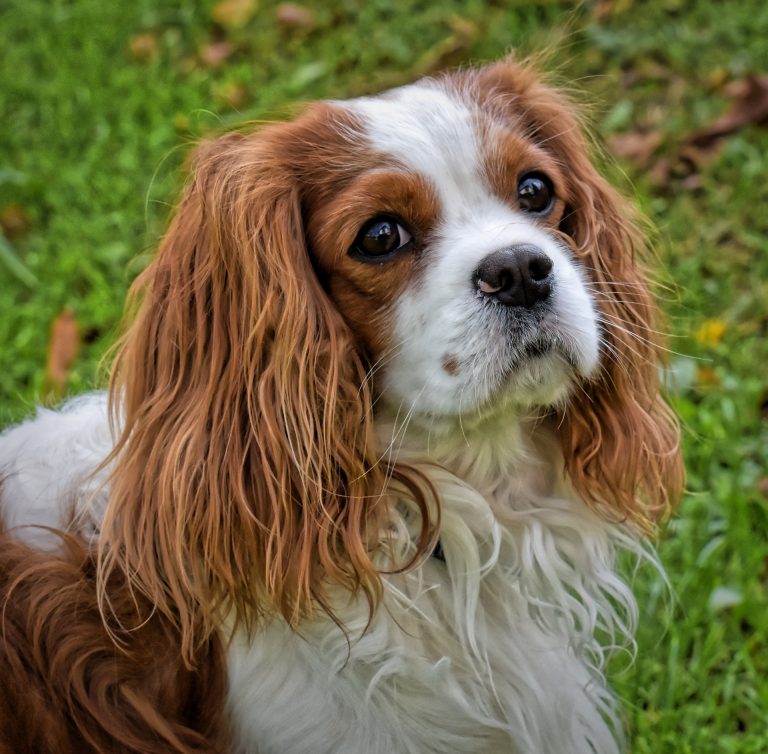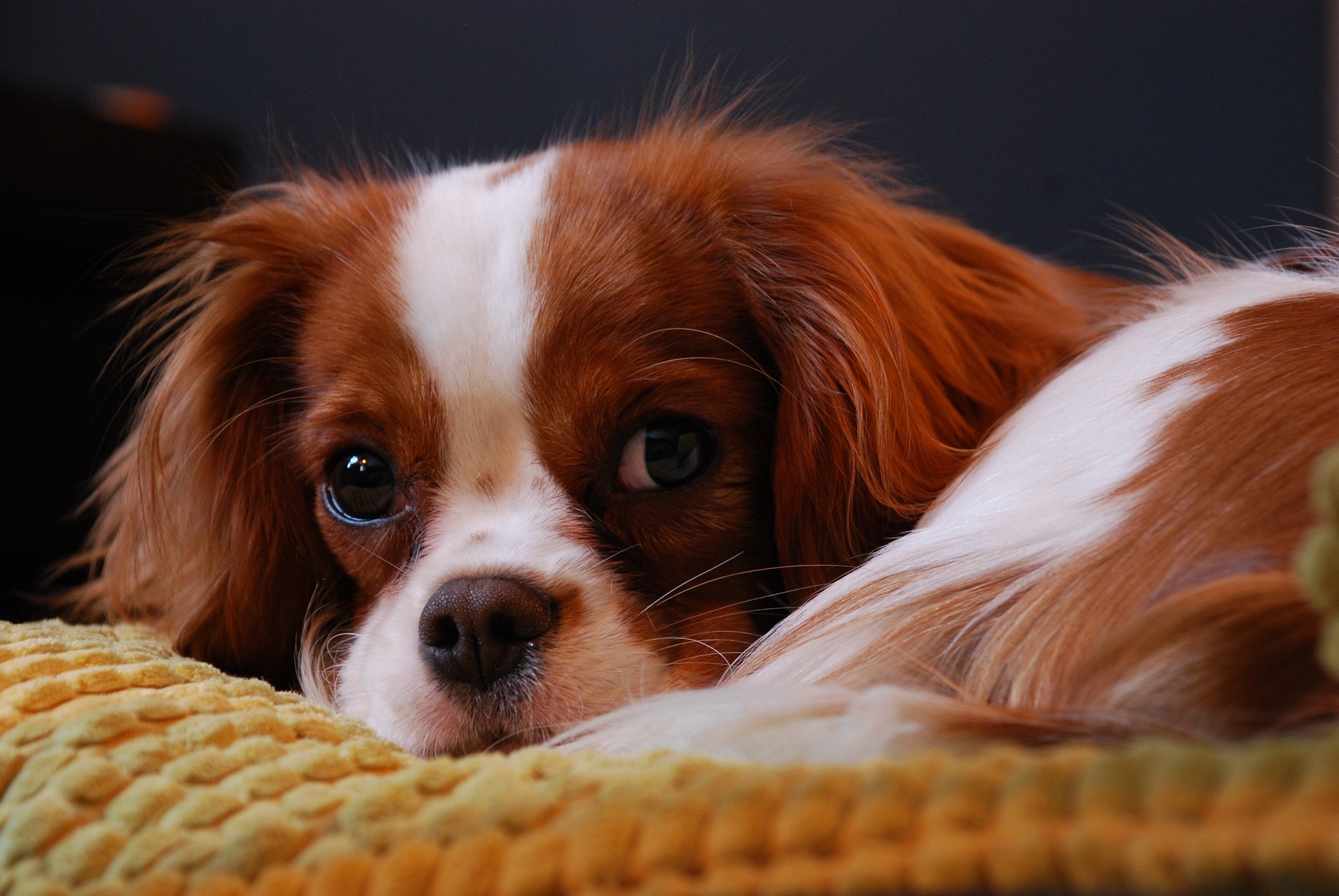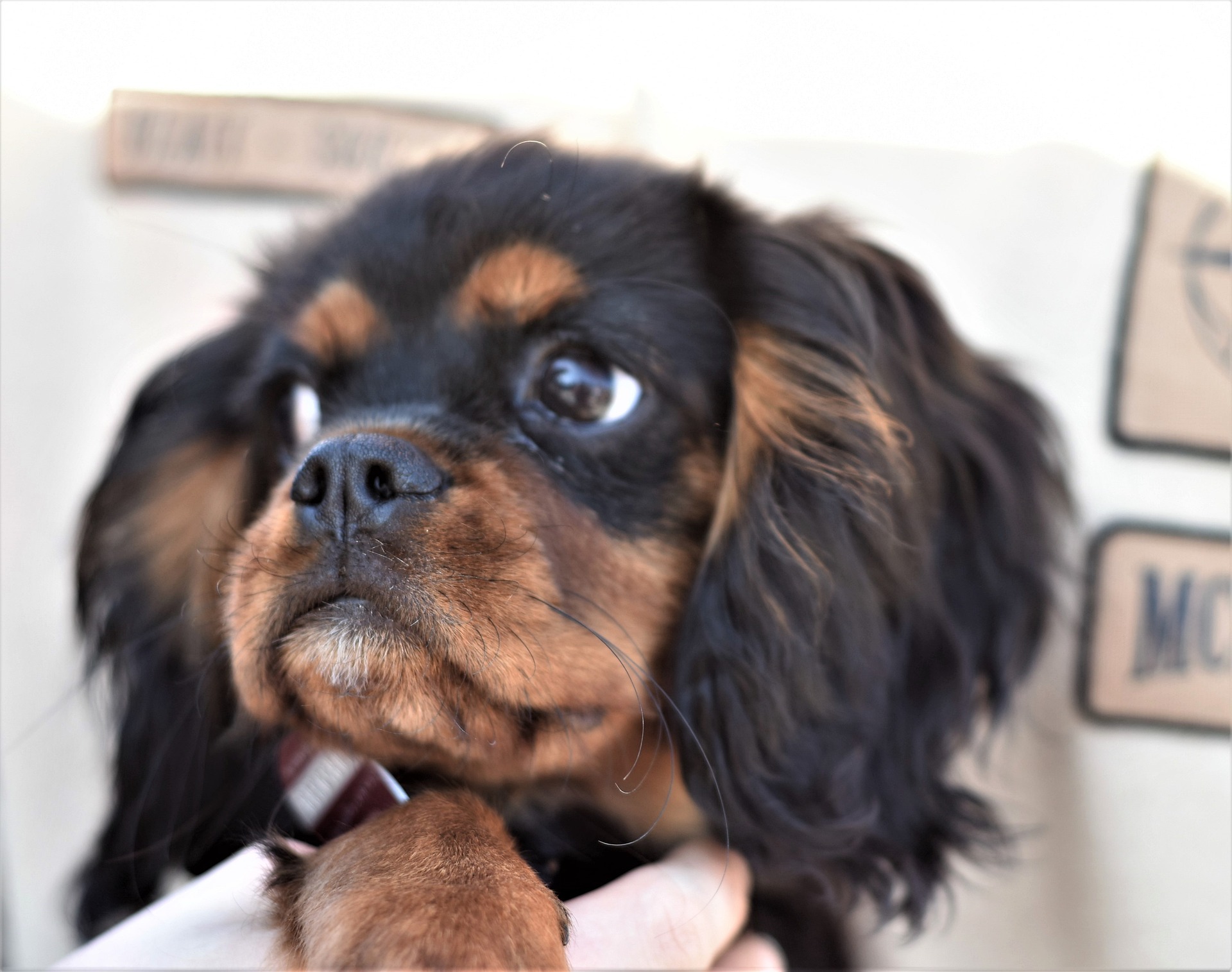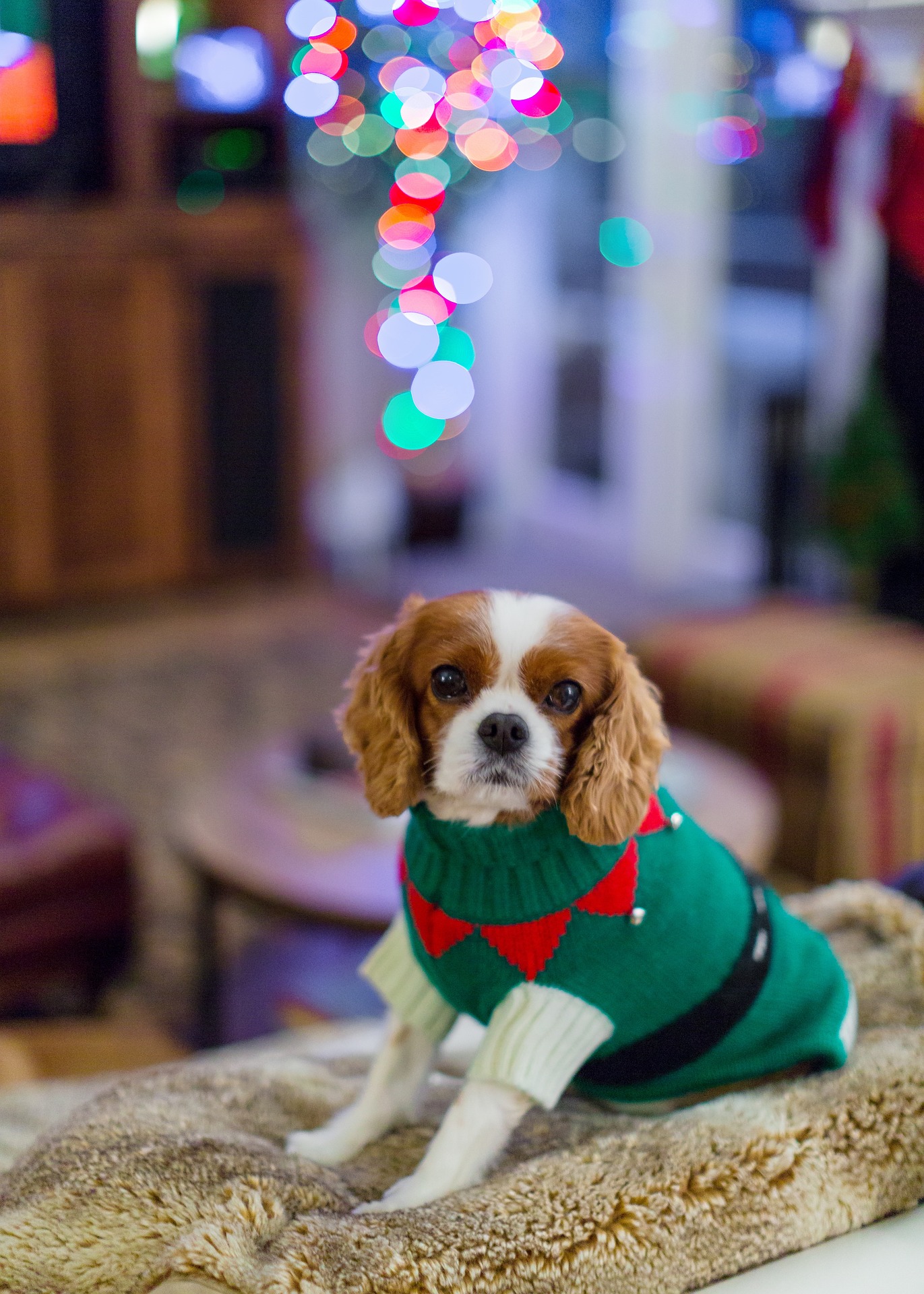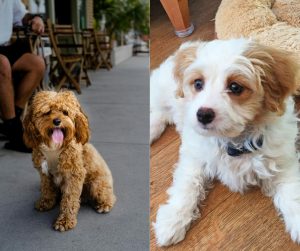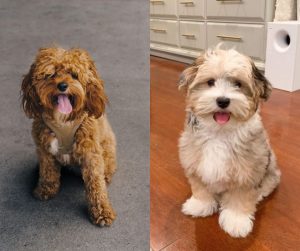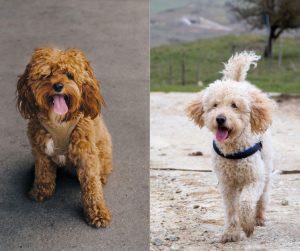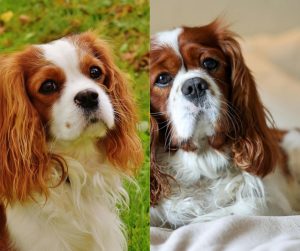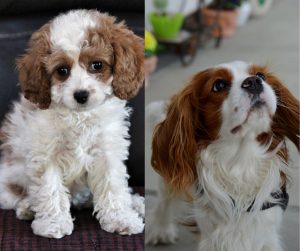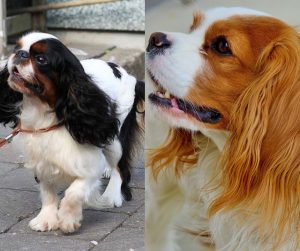The Cavalier King Charles Spaniel is renowned not only for its regal bearing and affectionate nature but also for its rich tapestry of coat colors. While some hues like the Blenheim pattern are instantly recognizable and widespread, others are exceedingly rare, painting a fascinating palette of the breed’s genetic diversity. Enthusiasts and prospective owners alike seek to understand and sometimes acquire these rarer varieties, which stand out for their unique appearances.
Among the kaleidoscope of shades, certain colors occur less frequently due to the specific genetic combinations required for them to manifest. For example, black and tan Cavaliers are considered quite rare with their distinct black bodies and tan highlights. While rarity can sometimes increase a dog’s desirability, each Spaniel, regardless of color, shares the same endearing qualities that make them such cherished companions. Uncovering these rare colors not only satisfies curiosity but also gives insight into the breed’s history and genetics.
Let’s take a look into some rare Cavalier King Charles Spaniel colors. For example, have you ever seen a Blue Merle Cavapoo?
Key Takeaways
- Cavalier King Charles Spaniels exhibit a variety of coat colors, with some being much rarer than others
- Understanding coat coloration in Cavaliers can offer a glimpse into the breed’s genetic history
- Ensuring proper coat care is significant for all Cavaliers, irrespective of their color
Cavalier King Charles Spaniel Origins
When one thinks about the regal Cavalier Spaniel, it’s like stepping back into British history. They’re not just dogs; they’re a piece of the past, mingling with kings and nobles, evolving alongside a nation’s legacy.
Historical Influences
The Cavalier King Charles Spaniel carries a name that echoes through the halls of history. They first trotted by the sides of royalty during the Renaissance, where they were cherished companions at the English court. King Charles I and his son, Prince Charles II, were so enamored with these small spaniels that the breed eventually embodied Charles II’s name. They’ve since been painted into the backdrop of history, featuring in many a portrait with their royal owners, who elevated these canines to symbols of their reign.
Development of Coat Colors
As for the distinctive coat colors of the breed, history plays a painterly role too.
- Blenheim: A rich chestnut on pearly white, this color is named after Blenheim Palace, the residence of the Duke of Marlborough. Legend whispers that the duchess, anxiously awaiting news from the battle, was comforted by a spaniel that birthed puppies with the chestnut markings after victory was announced
Capturing the stately essence of these toy spaniels, to this day the breed boasts four recognized color patterns, each with its own story rooted in royal and noble influence. They worked their way out of the lap of luxury, finding a special place in homes around the world, yet still bearing the vivid hues of their aristocratic origins.
Recognizing Common and Rare Colors
When observing Cavalier King Charles Spaniels, the spectrum of coat colors ranges from widely recognized to particularly scarce. Recognizing these colors is key to understanding breed standards and identifying individual dogs.
Official AKC Color Palette
The American Kennel Club (AKC) officially recognizes four colors for Cavaliers:
- Blenheim: A rich chestnut on a white background
- Tricolor: Black markings on a white ground with tan highlights
- Ruby: A solid, rich reddish-brown with no white or black markings
- Black and Tan: A black body with tan highlights around the eyebrows, cheeks, and legs
To get a feel for these colors, one can imagine the Blenheim’s chestnut hue as warm autumn leaves against a fresh snow, the tricolor a patchwork quilt of earthen tones, the ruby enveloping the glow of a setting sun, and the black and tan like night skies with the last touch of sunlight at dusk. Now, that is the breed standard set by the American Kennel Club.
But there are also some rare colors, mainly when the Cavalier King Charles Spaniel puppy is mixed with another dog breed. That is how we get rare colors like Blue Merle Cavapoo, Red Cavapoo, Sable Cavapoo, and White Cavapoo.
Identifying Rare Color Patterns
The rarest Cavalier Charles Spaniel color pattern is the Black and Tan. Although this striking contrast is not often seen, it’s characterized by:
- Black: The primary body color, both lush and expansive
- Tan: Accents that articulate the black with a touch of warmth, appearing around the cheeks, eyebrows, nails, and sometimes on the legs or inside the ears
They are like walking pieces of living art, the black canvas of their coats is thoughtfully accented with tan details as if Mother Nature herself wielded a fine paintbrush.
It’s essential to note that while all white markings outside of the Blenheim’s distinctive coloration are considered faults in the show ring, each dog, regardless of its coat pattern, is cherished for its individual beauty and loving disposition. For those who simply want a canine companion, the rarity of a color may be less significant than the personal connection they feel with their pet. There are many more rare Cavalier King Charles Spaniel colors. The canine world is like a rainbow of patterns.
Genetics Behind the Colors
When one thinks about the striking colors of the Cavalier King Charles Spaniel, it’s all down to their genetics. Let’s unravel the mystery of how these pups get their unique coats.
Dominant and Recessive Genes
Dominant and recessive genes play the main role in determining the coat color of a Cavalier King Charles. A dominant gene overshadows its recessive counterpart, meaning if a dog inherits a dominant gene for a particular color, that color will be expressed in their coat. For instance, black is a dominant color, often indicated by the capital letter B in genetics. If a Cavalier inherits a ‘B’ gene from even one parent, the dog will have black in its coat.
On the flip side, a recessive gene, shown with a lowercase letter like ‘b’, requires two copies, one from each parent, for the trait to show. Recessive brown (b) can be present in this breed, but since it’s not a standard color, it’s rarer and often masked by dominant genes unless both parents contribute the recessive allele.
The Role of Melanin in Coloration
Cavalier Spaniel coats get their color from two types of melanin: eumelanin and phaeomelanin. Eumelanin is typically associated with darker pigments, so when a Cavalier has a lot of eumelanin, it will exhibit shades of black or brown. The genetics behind this is that a Dominant Black gene (K Locus) interacts with other genes to determine whether the black or brown eumelanin is present.
Phaeomelanin, in contrast, is responsible for the lighter, reddish hues, like the rich chestnut of a Ruby Cavalier. These colors are influenced by a variety of genes that dictate the intensity and distribution of phaeomelanin throughout the coat. Genetics isn’t just about colors; it connects these adorable dogs to their humans through a long lineage of selective breeding for these specific traits.
Health and Coloration
When choosing a Cavalier King Charles Spaniel, it’s important to note how their coat color might be more than just fur-deep. Certain colors can be linked to specific health conditions, and understanding these can help potential owners make informed decisions.
Associated Health Issues
Health Concerns with Specific Coat Colors: It’s been observed that some coat colors in dogs may be associated with particular health issues. Historically, the Cavalier King Charles Spaniel has a few recognized health problems related to their genetics. However, no concrete evidence directly links their main coat colors (Blenheim, tricolor, black and tan, and ruby) with inherited health problems. Instead, focus is made on ensuring genetic diversity to maintain overall breed health.
Color-Related Anomalies
Albinism and Color Genetics: Albinism, a lack of pigmentation, is incredibly rare in Cavaliers and can lead to vision problems and sensitivity to sunlight. Albinism involves more than just a white coat—it’s a genetic condition that affects the whole body.
Merle and the Piebald Gene’s Impact: The merle color pattern is notable for its associated health issues—notably, an increased risk of blindness. Although not standard in Cavaliers, if a merle gene is introduced into the breed, it can cause serious concerns. This is because the merle gene can also affect the piebald gene, which is responsible for the white areas in a dog’s coat.
Breeders tend to take great care in avoiding the incorporation of such genes into their breeding lines due to the risk of health complications that can arise with these patterns. Responsible breeding practices aim for the well-being of the puppies, ensuring they live healthy, full lives.
Caring for Cavaliers’ Coats
Cavalier King Charles Spaniels are adored for their beautiful, silky coats. Owners must be diligent in grooming to maintain the coat’s health and vitality, which can vary with different colors and types.
Grooming Different Coat Types
Cavalier coats come in four distinct varieties: Black and Tan, Ruby, Blenheim, and Tricolor. Each type requires specialized grooming routines to stay in tip-top shape. Black and Tan Cavaliers feature a glossy black coat with warm tan markings that require regular brushing to keep them tangle-free. Ruby Spaniels sport an all-chestnut coat that can shine with consistent grooming.
Blenheim dogs have a white coat with chestnut markings and may require extra attention to ensure their white fur stays clean and vibrant. Tricolor Cavs boast a combination of white with black and tan markings; they need careful grooming to maintain the clarity of their distinct color pattern.
Protecting Coat Health and Color
A key in coat care is protection—against the elements and during bathing. Breeders recommend using canine-formulated shampoos that won’t strip essential oils from their coats, which helps protect the colors from fading. They also suggest a balanced diet with the right nutrients, which directly impacts coat health and helps maintain those rare and stunning colors that make each Cavalier look unique.
Frequent brushing not only detangles but also increases blood flow, ensuring a shiny and healthy coat. Cavalier owners should consult with breeders or professional groomers to understand the right tools and techniques for their pup’s specific coat type, as every coat has its own grooming needs that, when met, allow their natural beauty to shine through.

